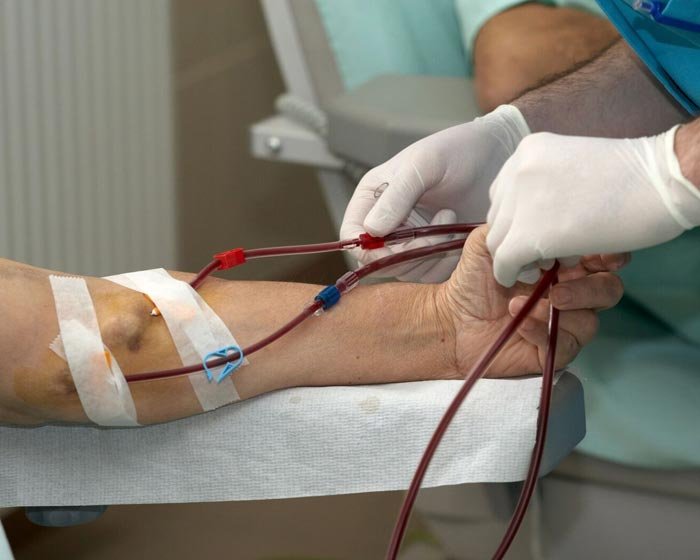Dialysis Related Interventional
“Say Goodbye to Varicose Veins with Our Expert Treatment Solutions”
Dialysis Related Interventional
“Say Goodbye to Varicose
Veins with Our Expert Treatment Solutions”
Veins with Our Expert Treatment Solutions”

Dialysis Related Interventional
Dialysis related interventional procedures are often necessary to maintain access to the bloodstream for patients undergoing hemodialysis. Two common procedures used to maintain dialysis access include permacath placement and fistuloplasty.
Permacath, also known as a central venous catheter, is a tube that is inserted into a large vein in the neck or chest and is used to access the bloodstream for hemodialysis.
Fistuloplasty is a procedure used to maintain access to the bloodstream through an arteriovenous fistula (AVF), which is a surgical connection between an artery and a vein in the arm.
Two common procedures used to maintain dialysis access
Permacaths: Permacaths are typically used when other forms of dialysis access, such as fistulas or grafts, are not available or have failed. The permacath procedure involves making a small incision and inserting the catheter through the incision and into the vein. Permacaths are typically used on a short-term basis, as they are associated with a higher risk of complications such as infection and clotting.
Fistuloplasty: Fistuloplasty is a procedure used to maintain access to the bloodstream through an arteriovenous fistula (AVF), which is a surgical connection between an artery and a vein in the arm. Over time, AVFs can become narrowed or blocked, which can reduce blood flow and make dialysis more difficult. Fistuloplasty is a minimally invasive procedure in which a small balloon is inserted into the narrowed area of the AVF and inflated to widen the vessel. This allows for improved blood flow and better dialysis access. Fistuloplasty is typically performed on an outpatient basis and is associated with fewer complications than permacath placement.
